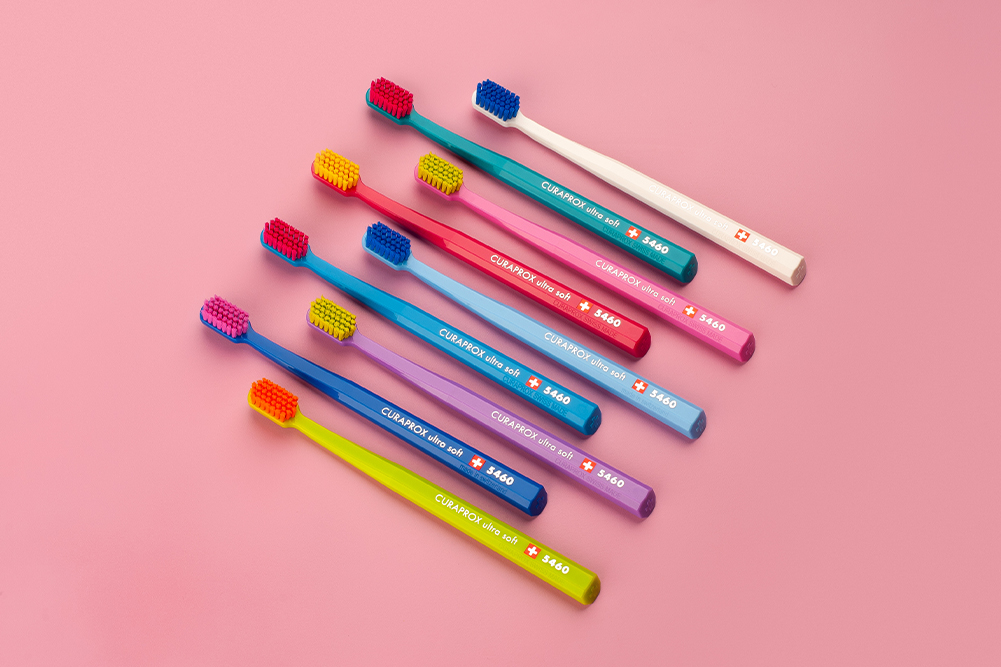Songs to resuscitate by
Administration of CPR (cardiopulmonary resuscitation) as soon as possible significantly improves a person’s chances of survival if they have had a heart attack. It is important though to do the CPR correctly which is why everyone should be up to date with a course in proper CPR procedure. One possible aid to CPR might be having the right music playing.
Current CPR recommendation are two breaths every 30 chest compressions and to achieve 100 to 120 compressions per minute. Those compressions need to be between four and six centimetres in depth. Achieving this under the inevitably trying circumstances of the need for resuscitation is difficult. Hence there is a constant search for ways to make the task a little more manageable.
One aid in CPR has been thought to be finding a suitable song that might set a rhythm that will make the required depth and number of compressions easier to achieve. A new study has reported on which songs, if any, might have some benefit.
In the United States the Bee Gees hit Staying Alive is recommended as a groove to resuscitate by. In the UK the children’s song Nellie the Elephant that was adapted into a rock/punk song by the Toy Dolls, is favoured. However, the researchers in the new study say that neither of these songs produce a satisfactory compression depth, so they tested some with a different beat.
For the new study the researchers used people who attended an Australian College of Ambulance Professionals in Auckland, New Zealand as subjects. The subjects gave CPR in one of three situations. In one group no music was played, in one group Achy Breaky Heart by Billy Ray Cyrus was played, and in a third group Disco Science by Mirwais was played.
Of the people taking part, 35 per cent were intensive care paramedics, twenty per cent were students, 26 per cent were paramedics, and nineteen per cent were other healthcare professionals.
The results showed that in the group who heard no music, 65 per cent of people achieved the required 100 to 120 compression rate. In the Achy Breaky Heart group only 64 per cent achieved the optimal range, so that song had no beneficial effect at all. Disco Science on the other hand, led to an optimal compression rate in 82 per cent of cases.
In all groups however, more than 33 per cent of compressions were too shallow and music made no difference at all.
The results prompted the researchers to say that the search for a song to aid CPR should be called off since music seems to offer no more overall benefit for maintaining compression than a metronome. What this research does make you ponder though, is whether if you were being resuscitated and Achy Breaky Heart were playing in the background, would the will to live remain?
Check out the Australian Resuscitation Council website www.resus.org.au for more information on CPR procedures.







